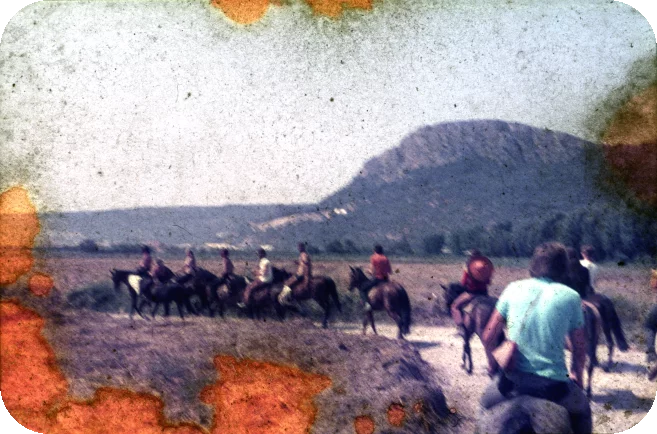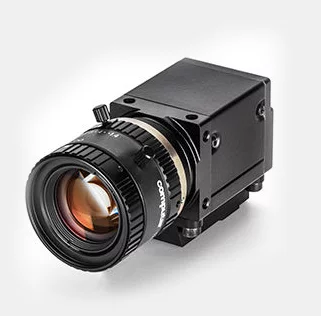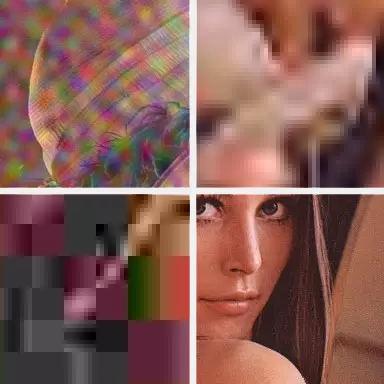Why Scan?
You have collections of photos, slides and negatives in an assortment of albums, shoe cartons, and slide boxes and don’t quite know what to do with them? It would be a shame to throw them away, but why should you keep them when you don’t ever look at them in the first place?… Don’t worry! Your resistance against throwing out these images is there for good reason.

Film Decay
An entire century of history recorded on film is stored private homes or in institutions, such as museums, foundations and archives. However even with ideal storage conditions, deterioration in image quality is only a question of time. Analog images have to be transferred to a digital medium.

Scanning vs. Re-Photographing
There are several ways to digitize analog images. Most common is the use of a desktop scanner or the photographing with a digital SLR camera, which is often also called re-photographing or duplicating.

Image editing when scanning or later?
When digitizing slides or negatives, it's usually not just about making the data digitally available, but also about editing the images accordingly. Should this be done directly when scanning or later?